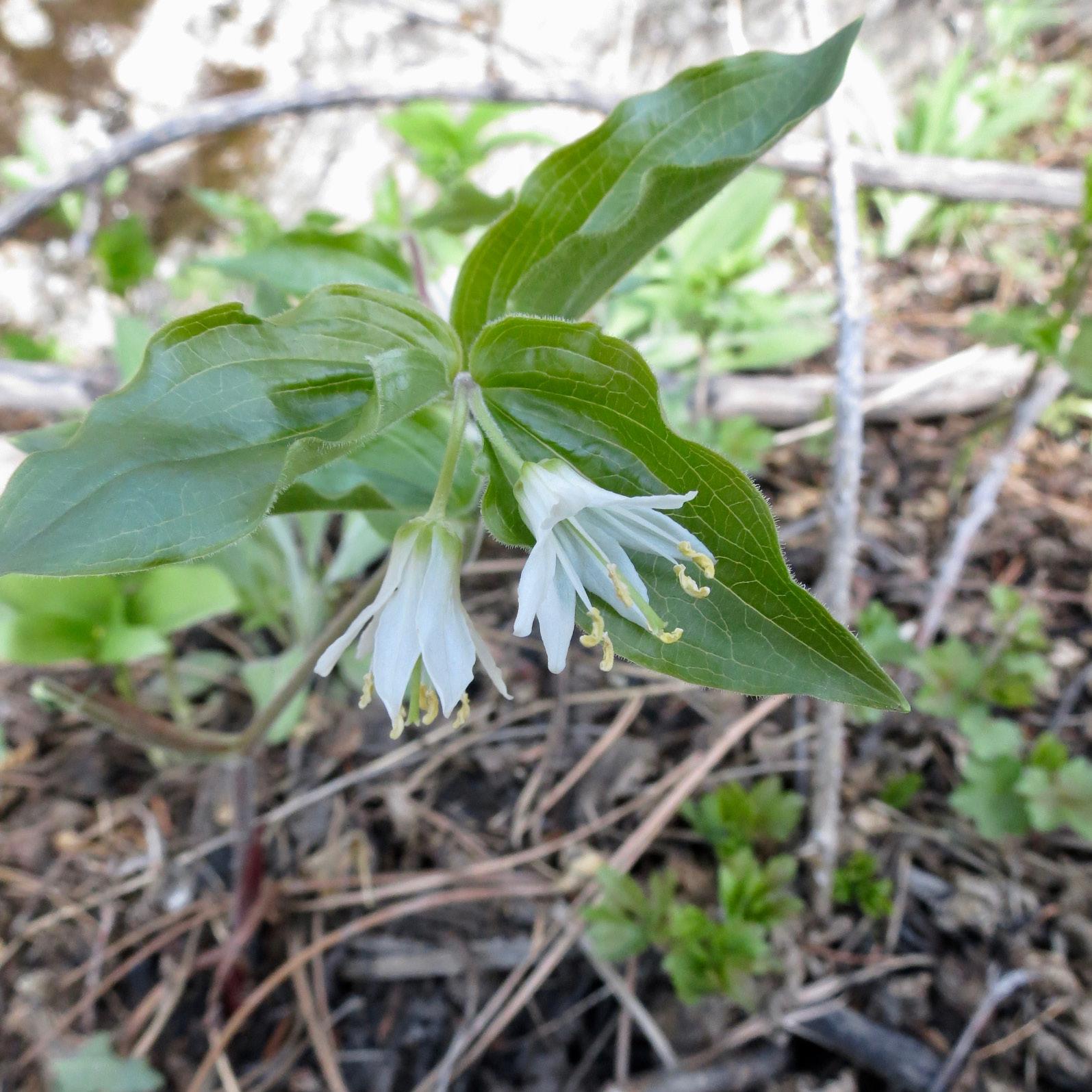
3 minute read
The Great Horned Owl

Mother with twins in Rocky Mountain National Park.
Photo by Scott Rashid
Story and photos by Scott Rashid Director, Colorado Avian Research and Rehabilitation Institute
Advertisement
There are twelve species of owl that have been documented in Colorado. The most common of these is the great horned owl. This large owl can be found nesting in every habitat in the state, except the alpine tundra. However, some individuals have been documented hunting above treeline after dark.
Their familiar whoo, whoo, who, whooo, who, who can be heard in every month of the year, as the pair remains on their territory year-round. However, much of the year, the hooting is from the young practicing their calling before moving out of their parent's territory.

Adult male great horned owl.
Photo by Scott Rashid
Territorial males frequently begin vocalizing in late October and early November, as they begin rekindling their romance with their mates. Usually, by this time, the males have decided upon a nest location.
This nest site can be an abandoned eagle, hawk, raven, crow, magpie, or even heron nest. It can also be an old squirrel nest, duck blind, deer blind, wooden box, or even a bushel basket placed for the owls.
Once the male has decided upon a nest location, he will land on the prospective site with a mouse, vole, rabbit, or bird and begin calling to his mate to invite her to check out his domicile. If she accepts the location, they will protect it from other owls.

Mother and nestling
Photo by Scott Rashid
Female great horned owls nesting in the mountains tend to begin laying their eggs in March, whereas the owls nesting in the rest of the state have been known to begin nesting in January and February. Females lay their eggs every two to three days but have been documented laying eggs up to a week apart. They normally lay two or three eggs but have been documented laying four and five eggs respectively.
Before the eggs are laid, the male hunts for himself and his mate, as she needs to save all of her energy to create the eggs. During this time, the amount of food that the male delivers to his mate can have a direct correlation to the number of eggs she lays.

Nestlings
Photo by Scott Rashid
The female normally begins incubating when the first egg is laid. Incubation lasts roughly 35 days. When she needs to move from her nest to attend to her personal needs, the male will sit on the eggs so they do not freeze. The male does all of the hunting for himself and for the female while she is incubating. Before he arrives at the nest he will hoot to let his mate known that he is coming.

Nestling
Photo by Scott Rashid
Female owls are larger, heavier, and stronger than males, so he must announce that he is about to arrive at the nest. If he shows up at the nest unannounced he could get killed by the female.
At hatching, the owlets are blind and covered in white down. They are completely dependent upon their mothers for warmth and protection. The male will continue delivering food to the female for the first two weeks or so until he will simply deliver food to the owlets and let them feed themselves.

Family nest with a crow, muskrat, and cottontail in the pantry.
Photo by Scott Rashid
Great horned owls have been documented capturing and feeding upon the largest variety of prey species of any owl in Colorado. These owls have been documented feeding upon, insects, fish, reptiles, amphibians, small animals (including mice, voles, rats, rabbits and hares), muskrats, weasels, and porcupines. The list of birds that these owls have been documented feeding upon reads like a field guide to birds of North America. However, they seem to prefer gamebirds including grouse, pheasants, quail, and turkeys. They also seem to enjoy doves.
The length of time the owlets remain on their nests seems to be dependent upon where the nest is and what it is made of. Normally the owlets remain on their nests for about four weeks before venturing out on their own. But I have seen them remain on their nests for as short as two and a half weeks and as long as five weeks.
The owlets remain with their parents for several weeks and even months before moving away to find their territory and begin nesting.

Nestlings, with one exercising its wings.
Photo by Scott Rashid

Artist, researcher, bird rehabilitator, author, and director of a nonprofit are only a few things that describe Scott Rashid. Scott has been painting, illustrating and writing about birds for over 30 years. In 2011, Scott created the Colorado Avian Research and Rehabilitation Institute in Estes Park. In 2019, Scott located and documented the first Boreal Owl nest in the history of Rocky Mountain National Park in Colorado. Scott has written and published five books and several papers on a variety of avian species. More information available on his website: http://www.carriep.org/

Please support our Hiking Community Builder, Snowy Peaks Winery in Estes Park.
www.snowypeaks.com




